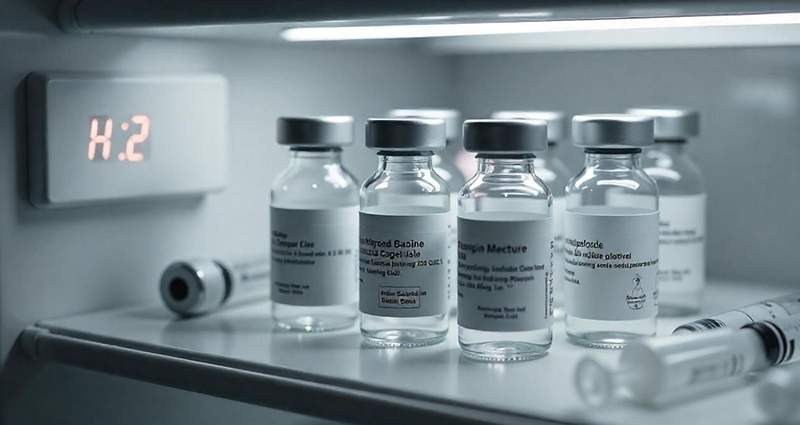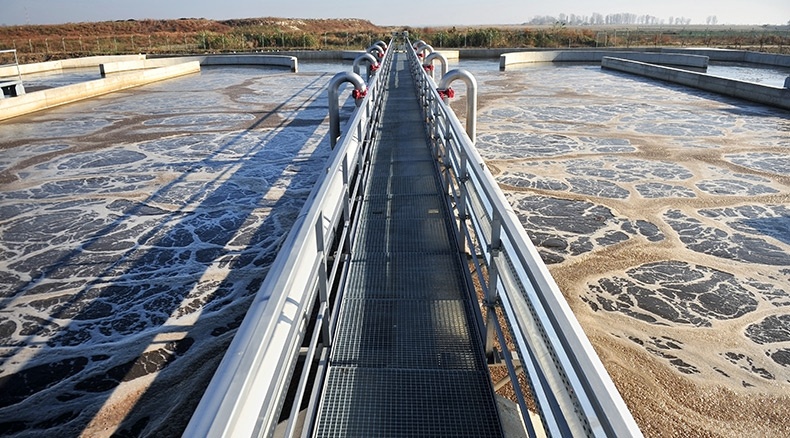
HVAC equipment represents a large portion of a building or manufacturing plant’s energy usage and operating expenses. HVAC monitoring systems can help minimize these costs by continuously tracking environmental conditions. They also monitor the performance of heating, ventilation, air conditioning, and refrigeration equipment.
The systems monitor this equipment, especially after hours, and send real-time alerts to personnel if there are any problems or inefficiencies. That enables personnel to handle power outages and disasters immediately and to make minor equipment adjustments instead of major repairs. But remote monitoring systems have other practical uses that can save you money.
1.Temperature control
Temperatures that are too high or low can use more energy than necessary. They can also damage expensive equipment. Remote monitoring systems let you easily monitor boiler water temperature and temperature in ducts, AC units, walk-in refrigerators and freezers. They can also monitor ambient temperatures in sensitive areas like data centers and labs. You will be notified in real time whenever temperatures reach dangerous levels.2. Fast repair of water leaks
There are so many potential water sources that can damage a building’s interior and equipment besides a weather event or cracked pipe. For example, water leaks from blocked or cracked drains, traps, pans or tubing are often so slow that no one notices them until damage has occurred. A remote management system can alert you to these and other HVAC issues like malfunctioning pumps, faulty evaporator coils, broken fittings, joints and gaskets, leaking humidifiers, and damaged compressors. The systems can use spot detector sensors for specific areas of concern, or water-sensing rope to protect larger zones.3. More efficient airflow
When HVAC systems are running efficiently, they maximize airflow with minimum energy. Measuring the rate of airflow helps you to gauge the overall health of the environment. The sooner you learn about a ventilation failure, the faster you can act to prevent a complete shutdown. You also minimize maintenance costs by attending to small issues during regular working hours.
4. Avoiding damage from high and low humidity
High humidity can cause condensation, and long-term condensation issues can lead to corrosion and breakdown of equipment and machinery components. It can also lead to the growth of toxic mold, slick surfaces and slippery floors.
Low humidity can be just as bad. It causes constant static electricity discharges that can wear and damage electrical equipment. It also wreaks havoc on computer components like CPUs, RAM drives, hard drives and motherboards. A remote monitoring system will alert you any time humidity falls outside the target range.
5. Preventing boiler and chiller failures
Besides preventing costly repairs, you can minimize energy use by keeping equipment running efficiently. Since HVAC monitoring systems function as data loggers, they can continually record conditions like pressure, water temperature, pH, pump status, tank levels and flow rate. If you review the data log and reports regularly, you can spot irregular patterns that can indicate a problem.
For example, a drop in water pressure might indicate a problem with the boiler configuration or equipment. You can also get the information you need to readjust the boiler during peak demand. You can receive alerts when there is unusually high water use so you can make the necessary adjustments to keep up with demand.
The data from HVAC remote monitoring systems is generally available via online dashboards. These dashboards provide a high-level understanding of what is happening with your HVAC equipment. Today these systems are so affordable and fast to install that it’s crazy not to have this extra layer of protection for your HVAC operation.








